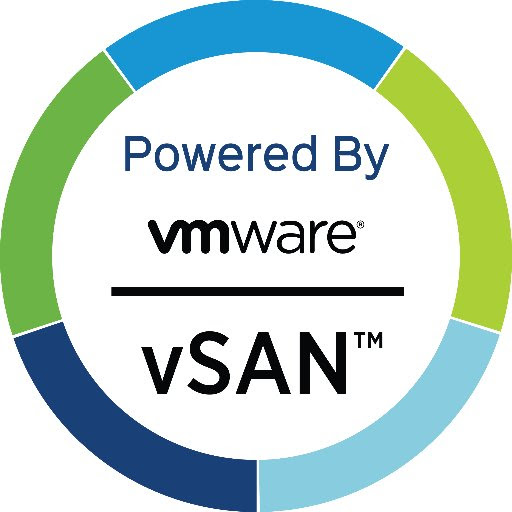
HCI platforms deliver compute, software-defined storage, in this case with vSAN and networking infrastructure services in a cluster of PowerEdge servers. Collapsing the core components of the traditional data center—compute and storage—into a server. Because HCI is software-defined—which means the infrastructure operations are logically separated from the physical hardware—the integration between components is much tighter. HCI manages everything as a single system through a common toolset.VxRail systems are optimized for VMware vSAN software, which is fully integrated in the kernel of vSphere and provides full-featured, cost-effective, software-defined storage. vSAN implements an efficient architecture, built directly into hypervisor. This distinguishes vSAN from solutions that typically install a virtual storage appliance (VSA) that runs as a guest VM on each host.Embedding vSAN into the ESXi kernel layer has advantages in performance and memory requirements. It has little impact on CPU utilization (less than 10 percent) and self-balances based on workload and resource availability. It presents storage as a familiar data store construct and works seamlessly with other vSphere features such as VMware vSphere vMotion and Storage Policy Based Management to provide the flexibility to easily configure the appropriate level of service for each VM.vSphere is a well-established virtualization platform, a familiar usable entity in most data centers. Dell EMC leverages vSphere for ESXi-based virtualization and VM networking in multiple product offerings, and supports a common set of VMware and Dell EMC services. This overlap enables a VxRail implementation to integrate smoothly into VMware-centric data centers and to operate in concert with Dell EMC converged, hyperconverged, and traditional storage offerings.NSX for SDN can optionally be added to the VxRail solution. VMware NSX Data Center transforms the network in a similar way in how vSphere and vSAN transform compute and storage respectively. It provides much more flexibility, agility, and security to overcome limitations of the physical network architecture.